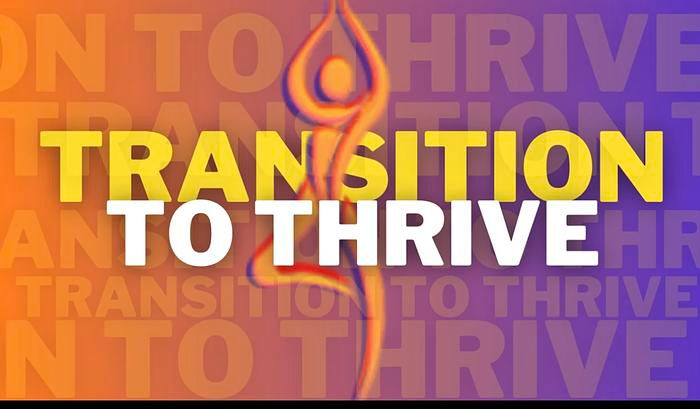The Costs of Living with Sickle Cell Disease in the United States
- Tabatha McGee
- Aug 28, 2023
- 2 min read
Sickle cell disease is more than an illness—it's a financial strain, too

Sickle cell disease is a group of inherited red blood cell disorders that affect hemoglobin.
In the United States, more than 100,000 people are living with sickle cell disease. Sickle cell disease is a group of inherited blood disorders that affects hemoglobin (the protein in red blood cells that carries oxygen throughout the body). Sickle cell disease is a lifelong illness that can lead to stroke, eye problems, infections, and episodes of extreme discomfort called “pain crises.” While people who have sickle cell disease are physically affected, this illness is also a financial strain. On average, Americans ages 64 and younger who live with sickle cell disease pay almost four times more in out-of-pocket expenses for health care than those without the disease. In 2022, researchers supported by the National Heart, Lung, and Blood Institute (NHLBI) conducted a health care spending analysis that recognized the hefty medical costs of living with sickle cell disease. The study also found that much of these costs peak between the ages of 13 and 24, a time when many people with sickle cell disease are transitioning from pediatric to adult care. This switch can lead to an increase in medical visits due to challenges connecting with the right specialists and providers. Research shows that many people with sickle cell disease experience stigma and racial disparities when seeking care for pain, which often causes them to switch providers, too. It’s important to note that these statistics are limited to commercial health insurance, which is only used by one-third of people with sickle cell disease. Health care costs vary and could be higher for those using Medicaid or Medicare and for those who don’t have health insurance. Reducing the costs with new treatments There are a few current therapies used to treat the symptoms of sickle cell disease, but they are not recommended for everyone. With limited treatment therapies available, the costs of living with sickle cell disease remains high. Researchers are seeking new ways to help treat sickle cell disease while easing the financial burden on people living with it. Gene therapies and treatments could greatly reduce the current costs of treating sickle cell disease. In 2018, NHLBI established the Cure Sickle Cell Initiative, a research partnership created to find curative therapies for sickle cell disease. The initiative has also announced the launch of the Gene therapy to Reduce All Sickle Pain (GRASP) Trial, which is designed to test whether gene therapy can improve or even eliminate painful episodes. This therapy will be tested in a clinical research study between 2023 and 2028. With new advancements in genetic therapy, researchers are finding ways to provide accessible treatment to the more than 100,000 people in the United States living with sickle cell disease.
Alternative accessible version (pdf) National Heart, Lung, and Blood Institute Image credit: Stock February 14, 2023









Comments